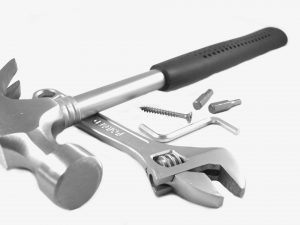In any group of teachers, you are bound to see some differences. But are there really?
If you take a closer look, I feel like you would see far more similarities. Generally speaking, teachers value education. They are organized (even if the way they organize is different), they have a goal for learning and a clear path to achieve that goal. A+B=C
I have seen a strong shift over the last decade or so, where teachers use creative and innovative methods for teaching and learning. However, there is still an end goal and a clear path (created by the teacher) of how to get there.
Creative and innovative education does not come easily. It takes a lot of time, resources and effort by individual teachers to implement. Often, I find that I myself fall short of the glorious advances that could be happening in the classroom. Despite great intentions to transform education, teachers have been successful in a traditional classroom setting and therefore can find themselves slipping into a more traditional delivery method. But then where’s the interactive engagement students are so desperately seeking. Maybe this is our biggest flaw.
Not that reinvigorating educational pedagogies is a lost cause; I just think that some oversimplify the changes that educators are struggling to make. Even though researchers want to map or outline this process I would say it’s near impossible. Teaching is messy and unclear, there is no straight line of A+B=C. There are too many factors that contribute to the failure and success of any given pedagogical practice. I feel that sometimes research puts additional pressure on teachers to make changes to their class before they are prepared to do so. And research doesn’t account for the uncontrollable environmental factors that influence the success of educational pedagogies.



Recent Comments